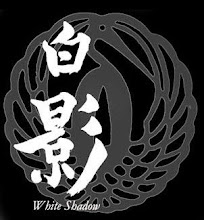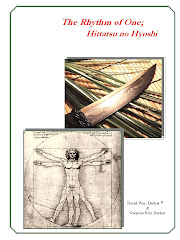
Looking at a marker stained T-shirt from a knife training exercise: “Do you think any of your techniques really work?” I was asked this question by a very skeptical combat veteran as he fingered the brilliant red marker “cuts” on the T-shirt. The T-shirt belonged to the dubious “winner” of the bout and it was obvious she had taken a number of, what would have most likely been, lethal cuts. Many of you may have participated in this type of training exercise.
We have all read the plethora of articles on the effects of adrenaline rush, fight or flight, loss of fine motor skills, auditory exclusion, always expect to get cut, etc. But the question remains, do any of my techniques work? First I have a couple questions for you. Why do people think that training with a knife is any different, more valuable, or less valuable, than training with a gun, a basketball, or a guitar? Do people who play tennis or a cello practice or do they just do it, you know off the cuff? It depends on whether they want to be any good or not. Why does NASCAR have practice sessions and do the drivers have any techniques or do they just push down on the gas pedal and hold on for dear life?
We have all read the plethora of articles on the effects of adrenaline rush, fight or flight, loss of fine motor skills, auditory exclusion, always expect to get cut, etc. But the question remains, do any of my techniques work? First I have a couple questions for you. Why do people think that training with a knife is any different, more valuable, or less valuable, than training with a gun, a basketball, or a guitar? Do people who play tennis or a cello practice or do they just do it, you know off the cuff? It depends on whether they want to be any good or not. Why does NASCAR have practice sessions and do the drivers have any techniques or do they just push down on the gas pedal and hold on for dear life?
Does every knife technique work every time against all comers? No of course not. When I was asked about the lethality of the simulated cuts on the T-shirt I asked my friend if he had ever trained with air-soft or simmunition firearms. Yes of course he had. And I asked, “Did you drop over dead every time you got hit in a lethal zone or did you continue to shoot back?” “Well,” he said thoughtfully, “I guess I kept shooting back.” Exactly! If the knife duelists had to accept the cuts at face value they probably would have not lasted more than a few seconds, based on the wounds they received. But instead they continued on as if nothing had happened because it was only an ink marker. No matter what type of combat training you do it will always fall far short of the real thing, that is why it’s called training not killing. Given the choice, I would rather train and not need to use what I have learned, than to have never trained and suddenly realize I need it.
There are four major facets to surviving an attack: Awareness, Ability (ie practice, training), Mindset (courage, fear, fortitude, anger) and Luck. (If I could make these letters into a good acronym I could probably market it.) Luck is as important as the other three combined. If you’re having a bad day then your attacker may get in a “lucky” hit. Many of the knife techniques that I learned in my early karate days seemed very “do-able,” after a few years I found many of them were instead dubious. The ones I learned from Cook sensei and Hanshi Juchnik taught me the difference. Set aside what doesn’t work for you and hone what does. Then every once in a while go back and review those techniques you set aside and see if there was something you missed. Train hard, train safe, but for God’s sake train.






No comments:
Post a Comment